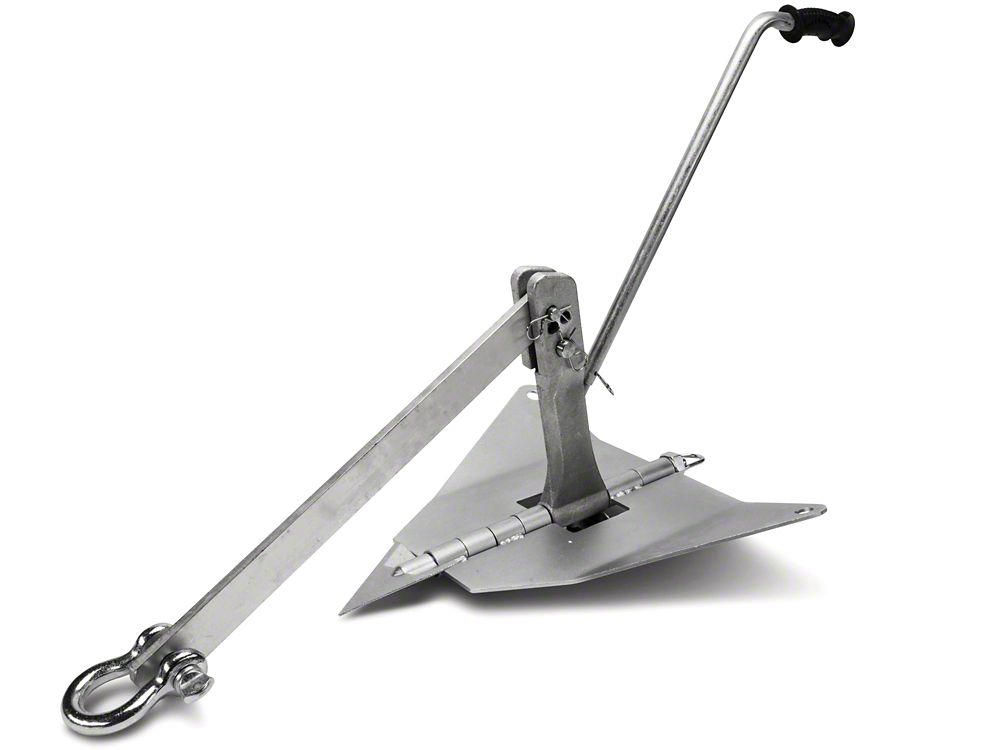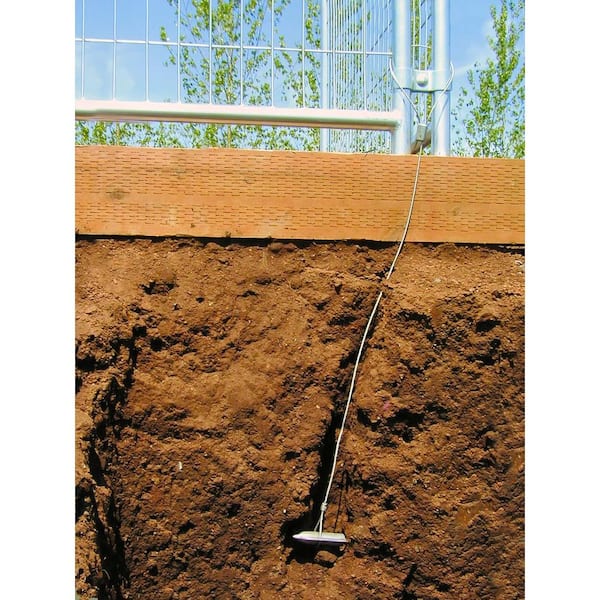Key Things to Keep in Mind Before Getting a Reliable Ground Anchor
Key Things to Keep in Mind Before Getting a Reliable Ground Anchor
Blog Article
Explore the Different Sorts Of Ground Support for Your Next Task
From auger anchors, which excel in diverse soil conditions, to risk anchors developed for short-term installations, the alternatives are numerous. In addition, concrete and screw anchors existing distinct advantages in certain scenarios, while deadman anchors are customized for applications needing resistance to lateral pressures.

Auger Anchors
Auger anchors are a prominent choice in different construction and landscaping projects due to their distinct design and efficient securing capabilities. These supports consist of a helical screw-like shaft that is driven into the ground, enabling for a safe and secure hold. The spiral style assists in very easy installation and maximizes resistance against side pressures, making auger anchors specifically effective in applications such as fencing, momentary structures, and erosion control.
The installment procedure of auger supports is reasonably straightforward. Auger supports can be quickly eliminated and reused, which adds to their cost-effectiveness and sustainability.
Among the considerable benefits of auger anchors is their capacity to disperse tons equally across the bordering dirt, minimizing the danger of soil disturbance and lessening environmental impact. Additionally, they are much less vulnerable to heaving or loosening with time compared to standard anchoring approaches. Auger anchors are a superb choice for tasks requiring resilient and trustworthy anchoring remedies.

Stake Anchors
When it pertains to securing frameworks in a variety of outdoor applications, risk anchors offer a simple and trusted solution. These supports are usually built from long lasting products such as steel or aluminum, designed to endure environmental stresses while supplying ideal stability. Their straightforward layout permits for fast setup, making them an excellent choice for long-term or momentary anchoring needs.
Stake anchors are particularly beneficial in securing tents, covers, and other light-weight frameworks versus wind and climate. They operate by being driven right into the ground at an angle, producing a strong hold that withstands pull-out pressures - Ground Anchor. The performance of risk anchors depends on several variables, including soil kind, dampness content, and the angle of installation
For included protection, several risk anchors include add-on points for bands or ropes, permitting for tension changes as needed. In applications such as landscaping or building, they can effectively stabilize tools or structures on unequal surface. On the whole, stake anchors offer a flexible and affordable remedy for protecting numerous exterior setups, making them a recommended selection for professionals and DIY fanatics alike.
Concrete Anchors
Concrete anchors give a robust service for securing frameworks to concrete surface areas, ensuring stability and safety and security in numerous applications. These anchors are essential for projects ranging from property buildings to large industrial installations. They can be found in various types, including development supports, adhesive anchors, and undercut anchors, each created for particular lots demands and ecological conditions.
Growth anchors depend on mechanical devices to grip the concrete when set up. They are optimal for tool to heavy-duty applications. Glue anchors utilize high-strength epoxy or resin to bond the anchor to the concrete, using premium load-bearing capacities, particularly in split concrete situations. Undercut supports develop an unique shape within the concrete, providing phenomenal holding power, particularly in applications where tensile tons prevail.
Choosing the proper concrete anchor entails taking into consideration variables such as the weight of the lots, the problem of the concrete, and environmental problems. Proper installation strategies are crucial to make certain ideal efficiency and reliability. When implemented appropriately, concrete supports significantly boost the structural honesty of numerous tasks, making them indispensable in modern construction methods. Comprehending the specific requirements of your job will certainly help in selecting the best kind of concrete anchor for the job.
Screw Anchors

Screw supports are a versatile attaching option that can be properly utilized in a variety of applications where conventional concrete anchors may not be adequate. These supports consist of a helical design that allows them to be easily driven into the ground, making them excellent for use in dirt and various other substratums. Their unique structure provides superb holding power and resistance to pull-out forces, making them ideal important link for numerous jobs, from landscaping to structural assistance.
Among the main advantages of screw supports is their convenience of setup. They call for marginal equipment and can frequently be installed without the need for excavation, which conserves both time and labor prices. Furthermore, screw supports can be removed and reused, using a lasting solution for temporary applications.
Screw supports are especially useful in locations where soil problems are testing, such as sandy or loose soils. Their capability to be installed at differing depths enables for customization based upon certain project demands. Overall, screw anchors provide a efficient and reputable anchoring approach, making them an outstanding option for engineers and professionals seeking effective options for their projects.
Deadman Anchors
Deadman supports offer as a durable solution for stabilizing frameworks in difficult problems, especially where traditional securing techniques might fail. These anchors include big, heavy objects buried underground, which develop resistance against side forces. The design typically includes a horizontal component, such as a block of concrete or a metal plate, buried in the soil, to which bands or cables are connected.
The efficiency of deadman supports depends on their capacity to disperse loads over a bigger location, lowering the danger of failure in unstable dirt conditions. They are specifically helpful in applications such as keeping visit their website walls, short-term structures, and incline stablizing, where dirt motion can endanger the integrity of the framework.
Installment of deadman anchors requires careful planning to ensure they are positioned at the proper depth and positioning, optimizing their load-bearing capacity. While they might require even more labor and material than lightweight supports, their integrity in unfavorable problems makes them important for long-term tasks. In addition, deadman supports are functional and can be adjusted to different applications, making them a best choice for engineers facing distinct challenges in their jobs.
Conclusion
In recap, picking the proper kind check this site out of ground anchor is crucial for making sure stability and safety and security in numerous jobs. Auger supports master diverse dirt conditions, while stake anchors suit momentary applications. For concrete surface areas, expansion and sticky supports offer reliable alternatives, and screw anchors provide flexibility in difficult surfaces. Deadman supports are specifically effective in resisting side pressures for keeping walls. Careful consideration of these alternatives will improve project end results and structural integrity.
Furthermore, concrete and screw supports existing distinct advantages in details circumstances, while deadman anchors are tailored for applications needing resistance to lateral pressures - Ground Anchor.Auger anchors are a prominent choice in numerous building and construction and landscaping projects due to their special style and effective anchoring capacities. They come in various kinds, including expansion anchors, adhesive anchors, and undercut anchors, each developed for particular load demands and ecological conditions
Sticky anchors make use of high-strength epoxy or resin to bond the support to the concrete, supplying superior load-bearing capacities, especially in cracked concrete circumstances. On the whole, screw anchors supply a reputable and efficient securing technique, making them an exceptional option for service providers and engineers seeking reliable options for their tasks.
Report this page